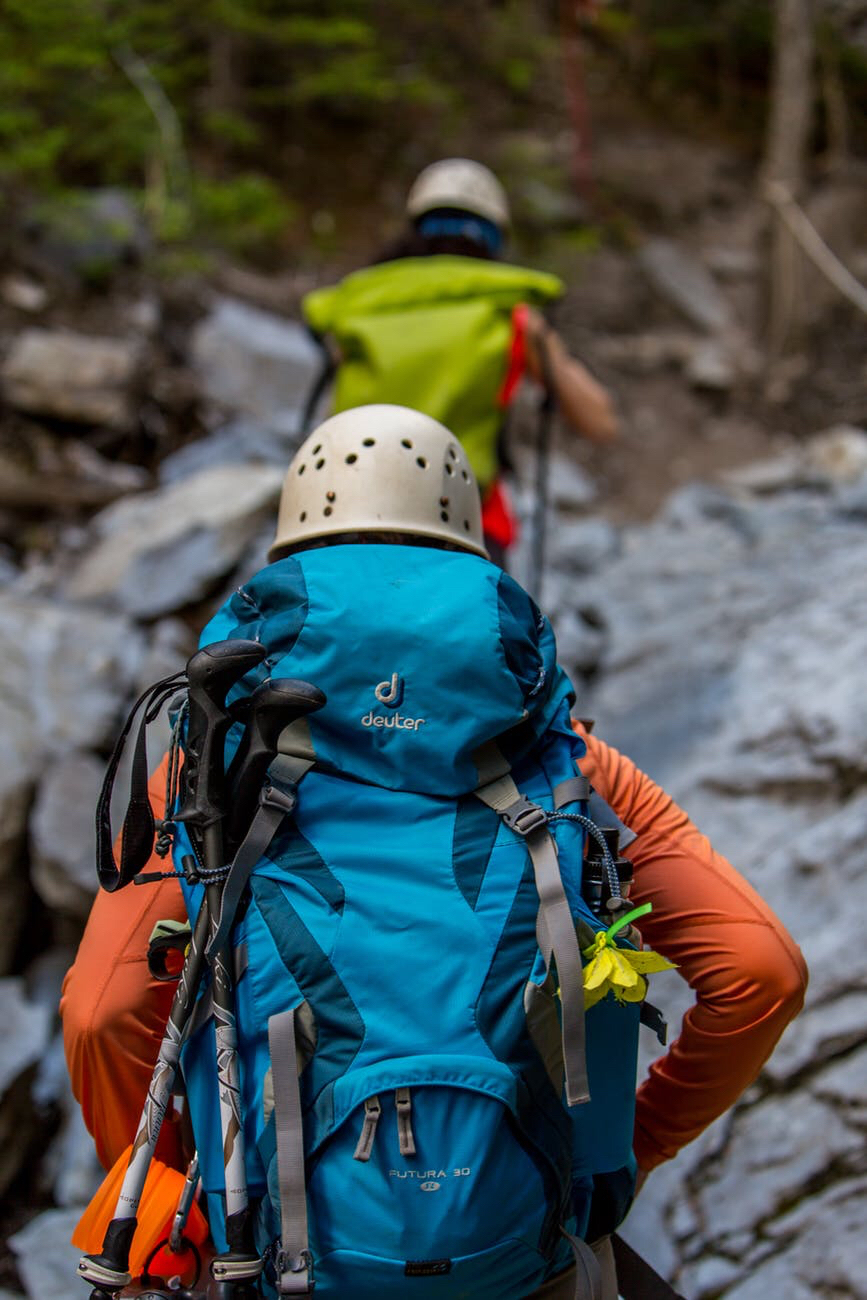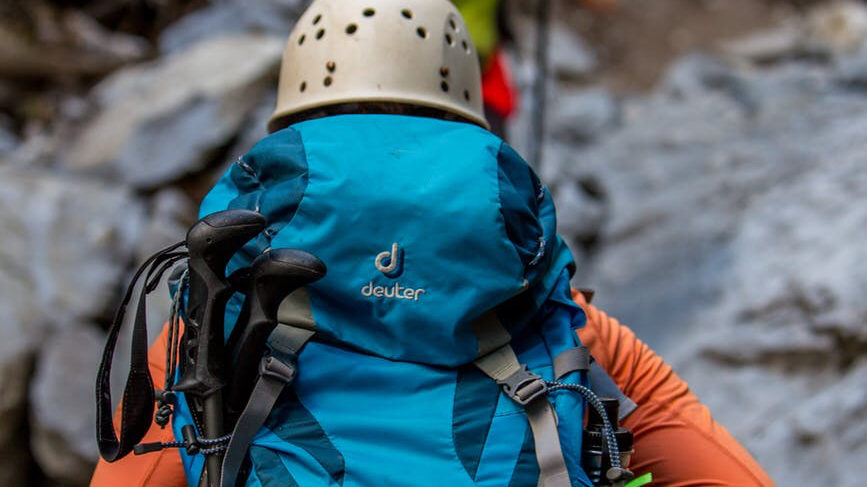How to choose the right backpack – Upon hearing the word “backpack,” people naturally think of back-to-school season, when throngs of children board buses and head to classrooms across the country. However, the backpack need not be pigeonholed into such a narrow stereotype; there are many different uses for backpacks.

Outdoor enthusiasts, particularly hikers and day-trippers, rely extensively on backpacks. Backpacks facilitate the transporting of supplies and other necessities, but not every backpack is the same, and some are more applicable to certain tasks than others. Choosing a backpack requires careful consideration, and the following tips can help consumers make the best choice.
· Identify its potential usage. What will the backpack need to do? Will you be hiking the mountains and looking for a lightweight pack to carry small supplies, or are you planning to camp out and need something capable of carrying larger items? Discuss your needs with a store employee when shopping for packs.
· Choose the right volume. Backpacks are sold by volume, or how much stuff they can carry. This is measured in liters or square inches. The liter size may be included right in the product name. According to Eastern Mountain Sports, between 15 and 30 liters is good for day hikes or school usage. An overnight or weekend trip likely will have to be between 30 and 55 liters in volume.
· Determine torso size. Whichever backpack you choose, it needs to fit you comfortably. That means measuring your torso length to find one that will sit on the right area of your back. The torso length on the pack will equate to the distance between the shoulder straps and where the pack hits your hips. For packs with hip straps, the right length will ensure the hip straps can fit comfortably in this area. Some packs are sold with an adjustable torso size. Some manufacturers also size packs specifically for women’s frames.
· Decide if framing is necessary. After you have decided on size, you need to assess other features, including internal and external frames. External frames are original style, classic packs. Internal frame packs tend to be lighter and have a lower profile. If you need to maneuver through some tight areas, an internal frame pack might be best. Frames in packs help you carry more, and you can even strap things to the outside of the pack, says Backcountry, a gear and outdoors resource.
· Consider additional features. Packs come with various features, including load-lifter straps and sternum straps, that can help balance the load and put less strain on your back. Also, choose shoulder straps that curve anatomically to fit the body closer. A ventilated back panel can help reduce sweating and protect your back from pointy gear.
In addition to these tips, consider if you want your pack to be waterproof and to have internal and external storage pockets or other pouches for carrying smaller items. For more help, speak with an outdoor gear retailer.
Less is more! Carry only what you need to.
MetroCreative Article EL166123
About the Author
Discover more from Courageous Christian Father
Subscribe to get the latest posts sent to your email.



